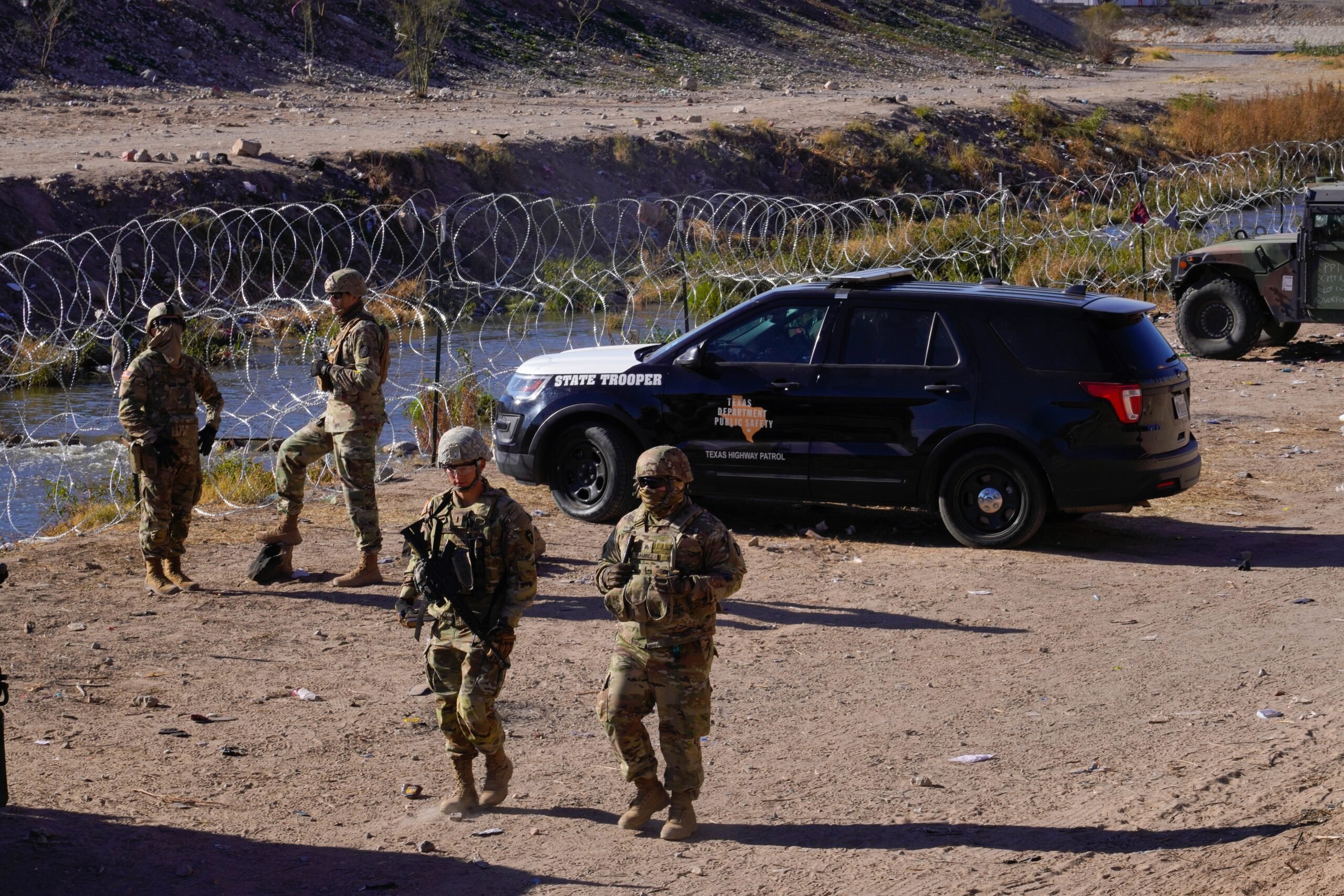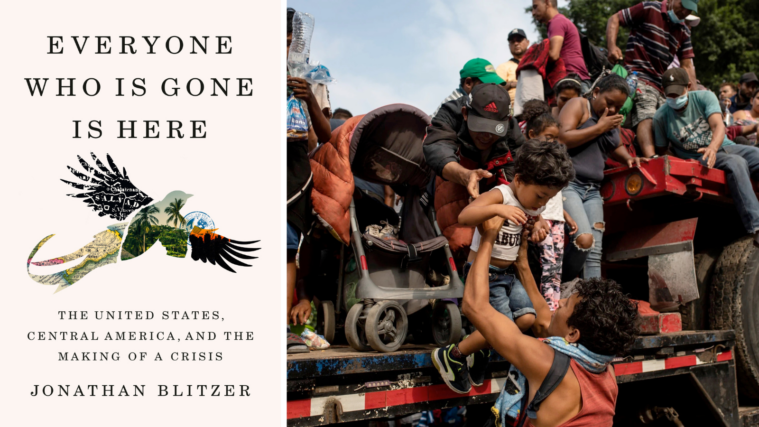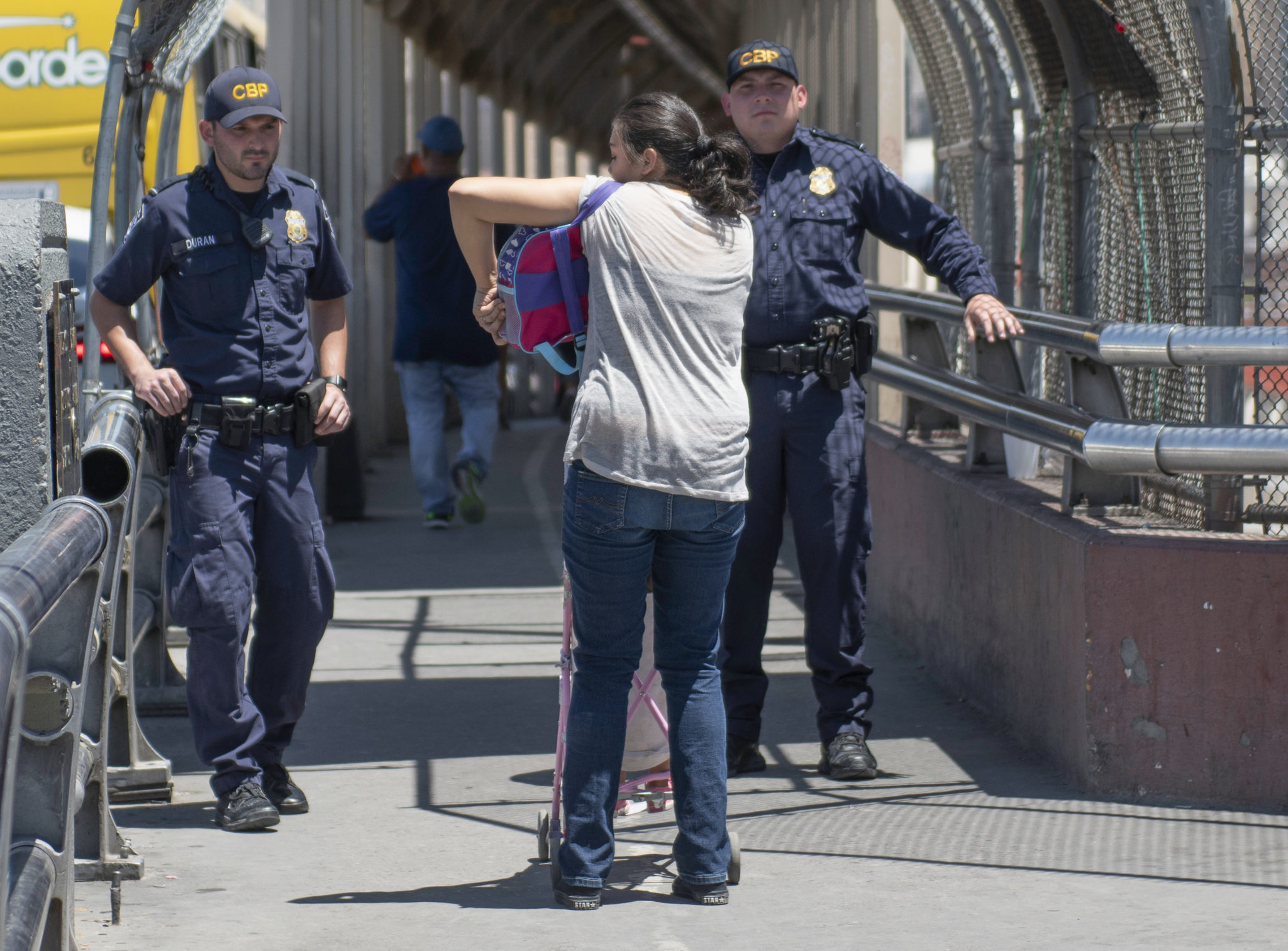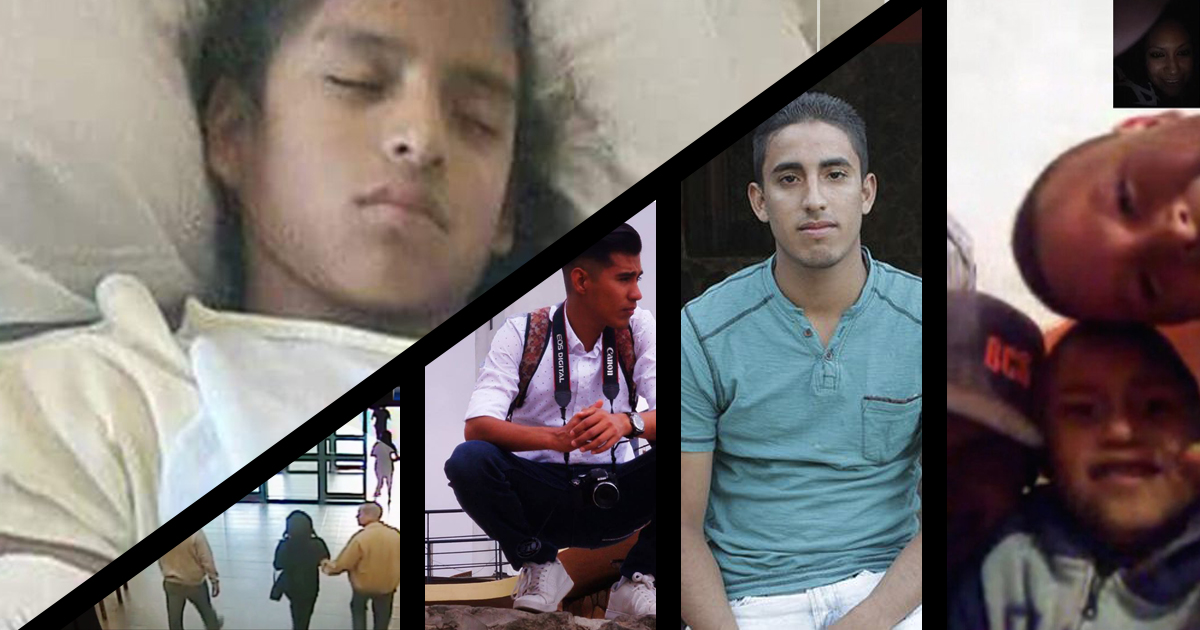
The Faces of Trump’s Immigration Crackdown in 2017
Since January, federal agents have hunted down immigrants they would have previously ignored, in places they would have previously avoided.

Above: Top left: Rosa Maria Hernandez. Bottom, from left to right: Security footage of Irvin Gonzalez in El Paso County, Martin Mendez Pineda, Juan Manuel Montes Bojorquez, Juan Coronilla Guerrero
Five days into his presidency, Donald Trump issued a pair of executive orders that put America’s entire undocumented population on the table for deportation. The cold, bureaucratic language read: “We will not exempt classes or categories of removable aliens from potential enforcement.”
The move thrilled the nation’s immigration cops. “Now they have meaning to their jobs; what this president has done is taken the handcuffs off of law enforcement officers,” said acting Immigration and Customs Enforcement (ICE) director Thomas Homan. “The discretion has come back to us,” a veteran ICE agent told the New York Times. “We’re trusted again.”
ICE enforcement officers have capitalized on this newfound freedom, making 40 percent more arrests since Trump’s inauguration than in the same timeframe last year. To achieve that spike, federal agents have hunted down immigrants they would have previously ignored, in places they would have previously avoided. They’ve arrested immigrants outside shelters, in courthouses and hospitals and during routine check-ins. They’ve arrested mothers with multiple citizen children, “Dreamers” with valid work permits, kids falsely suspected of gang involvement, women seeking protective orders, parents transporting a baby for surgery and even a 10-year-old with cerebral palsy.
Below is a list of such stories, neither exhaustive nor a “worst of,” that illustrates the breadth of those targeted by a newly emboldened deportation force. What the cases have in common is that they were unlikely to occur under the previous administration. They are collateral of a demagogue’s campaign that began with calling Mexicans “rapists” and ended in the White House.
Rosa Maria Hernandez
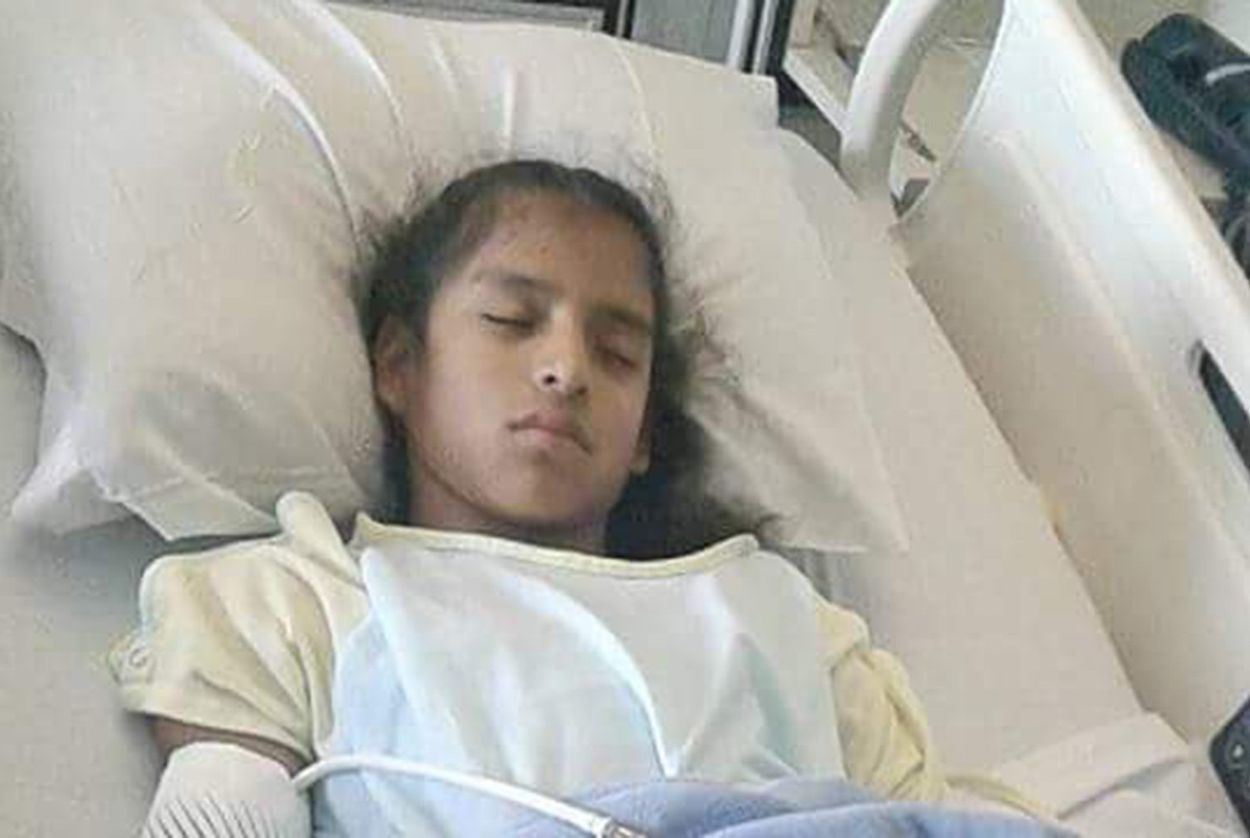
Rosa Maria Hernandez, a 10-year-old with cerebral palsy, was traveling on October 24 with an adult cousin from Laredo to Corpus Christi for gallbladder surgery. Her undocumented parents didn’t accompany her out of fear of a Border Patrol checkpoint between the cities. Hernandez reportedly has the cognitive capacity of a 6-year-old and had never been without her family.
Border Patrol agents allowed Hernandez, who is also undocumented, to pass through the checkpoint but followed her to Corpus Christi and waited for her in the hospital as she underwent the operation. They then held her in federal custody in San Antonio for 10 days. When her father visited, she burst into tears, asking why she couldn’t go home. Hernandez was finally released after a viral social media campaign and pressure from elected officials. “It is the most outrageous case I have ever worked on,” Michael Tan, ACLU staff attorney, told the Washington Post.
Juan Manuel Montes Bojorquez
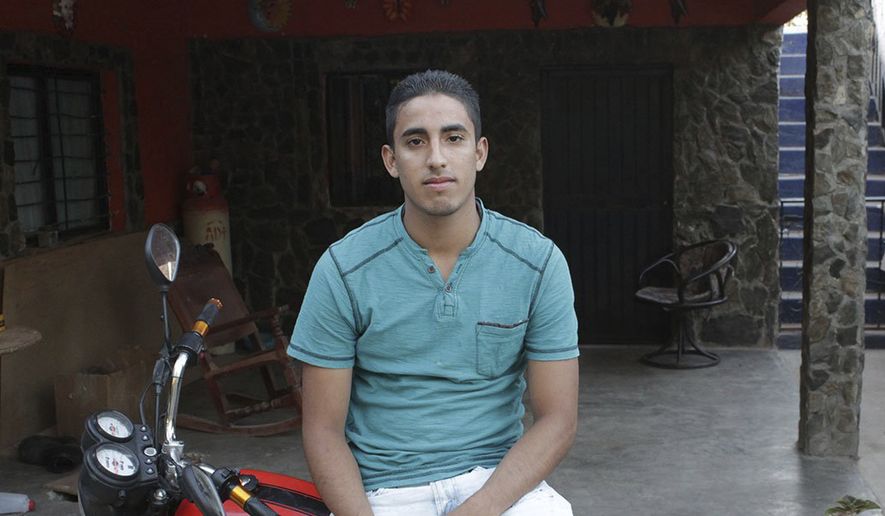
Juan Manuel Montes Bojorquez, a 23-year-old who’s cognitively disabled from a traumatic brain injury, may have been the first “Dreamer,” or young immigrant allowed to work and live legally in the country under DACA, to be deported under Trump. On February 17, according to his lawyers, Bojorquez was walking to a taxi station in Calexico, California, when a Border Patrol agent stopped him. Bojorquez, who came to the U.S. at 9 years old and was an agricultural worker, had reportedly left his work permit and wallet in a friend’s car. His attorneys say agents walked Bojorquez into Mexico and left him there that night.
Department of Homeland Security (DHS) officials have denied that account, claiming agents first found him trying to cross illegally into California on February 19, after which he was deported back to Mexico. After nine months living with relatives and an aborted lawsuit against the feds over his deportation, Bojorquez tried yet again to cross illegally on November 6 and was captured. He was later booked into jail on a felony charge of being a deported immigrant found in the country, and he was denied bail on November 16, according to court filings.
“What this president has done is taken the handcuffs off of law enforcement officers.”
Other DACA holders have faced detention, including a Washington man falsely accused of gang membership and a Mississippi woman detained after speaking at a rally. Trump is set to cancel the program in March, and the nearly 700,000 DACA holders await Congressional action.
Irvin Gonzalez
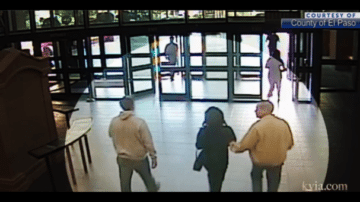
On February 9, Irvin Gonzalez, a 33-year-old transgender woman who’d been deported to Mexico six times, was seeking a protective order against an abusive ex-boyfriend in an El Paso courthouse. “I felt very safe and protected in the court,” she told the New Yorker.
After the judge granted her protective order, an ICE agent arrived at the waiting room door, arrested Gonzalez and escorted her out of the courtroom. “I’ve been in the courthouse 23 years, and I cannot recall immigration officials ever going into a courtroom or targeting a protective-order court,” said El Paso County Attorney Jo Anne Bernal.
Gonzalez’s case was the beginning of a new trend of ICE enforcement at courthouses, which were previously considered off-limits — with at least 40 instances in New York City alone this year.

Juan Coronilla Guerrero
At least one of ICE’s courthouse arrests has proved fatal. Juan Coronilla Guerrero, 28, was arrested by ICE agents in an elevator at the Travis County Courthouse in Austin on March 3, while appearing on charges of family violence and marijuana possession. Coronilla was deported back to Mexico, and in September, his body turned up on the side of a road in the state of Guanajuato. According to his wife, who later said the family violence charges were a “misunderstanding,” Coronilla was a victim of the same gang members he originally fled.
“I knew that if he came back here, they were going to kill him, and look, that’s what happened,” she told the Austin American-Statesman.
“Carolina Ramirez”
Carolina Ramirez, who requested a pseudonym, spent two months traveling from El Salvador to Texas, a difficult journey during which her smuggler raped her multiple times. In February, she discovered she was carrying her smuggler’s child while detained at the Joe Corley Detention Center, a for-profit facility that’s been the site of a hunger strike and rape allegations.
Federal agents have hunted down immigrants they would have previously ignored, in places they would have previously avoided.
Rather than release Ramirez, as federal policy encourages, ICE officials elected to detain her for six months, during which time she stopped eating, began sleeping excessively and was diagnosed with major depressive disorder. Her case is part of a trend under Trump, according to advocates, of ICE “fail[ing] to abide by its own policy against detaining pregnant women.” Since last October, 525 pregnant women have been detained.
The Conejo Brothers
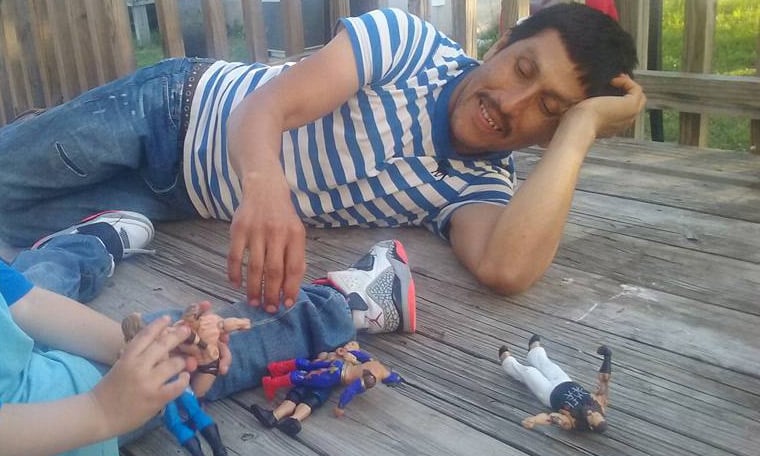
On February 11, Juan Luis Conejo and his brother Everardo, both undocumented Austin construction workers with no criminal records, were swept up in an anti-“sanctuary city” ICE raid that netted more than 51 arrests of mostly noncriminals. The pair was driving on Interstate 35 when a state highway patrolman pulled them over for a broken top taillight. What makes their case unusual is that the trooper chose to detain them for nearly an hour on the side of the highway while waiting for ICE to arrive and pick them up.
That kind of constitutionally questionable cooperation is common with Border Patrol agents near the border, but not with ICE so far into the interior. “I haven’t heard of this happening as far north as Austin,” said Astrid Dominguez, policy strategist with the ACLU of Texas. “But I think everyone’s fear is that it will start happening a lot more.” The brothers were deported by the following evening.
Martin Mendez Pineda

Martin Mendez Pineda, 26, formerly worked as a reporter in Guerrero, Mexico’s most violent state. His coverage of police violence earned him death threats, and he fled in February to seek asylum in the U.S. He passed an initial screening on March 1, but his requests for parole were denied as he bounced around detention facilities.
Mendez described the West Texas Detention Facility in Sierra Blanca: “It is known by the detainees as ‘el gallinero’ (the henhouse) since the barracks resemble a stable for livestock or chickens, designed for approximately 60 people but currently housing more than 100 individuals … with metal bunks, worn-out rubber mattresses, wooden floors, bathrooms with the walls covered in green and yellow mold, weeds everywhere and snakes and rats that come in the night … Honestly, it is hell.”
Mendez relinquished his asylum claim after three months and went into hiding in Mexico. In September, he attempted to enter the U.S. to attend a D.C. panel on press freedoms abroad but was denied entry. The National Press Club said: “The case of Martin Mendez illustrates how far the United States has fallen from its once-high post as a beacon of press freedom.” Eleven journalists have been killed in Mexico this year.
Guadalupe Garcia de Rayos
Guadalupe Garcia de Rayos, a 35-year-old mother of two American citizens, had been checking in regularly with ICE since 2013. In 2008, she’d been convicted for using a fake social security number to work, but as a mother with an otherwise clean record she wasn’t a priority for deportation. But on February 8, she went to her check-in in Phoenix and was deported within 24 hours.
“Rather than tracking down violent criminals and drug dealers, ICE is spending its energy deporting a woman with two American children who has lived here for more than two decades and poses a threat to nobody,” said Phoenix Mayor Greg Stanton at the time. Garcia’s daughter Stephanie told CNN, “We don’t deserve to go through this. No family deserves to go through this. It’s heartbreaking. No one should feel this much pain, no one should go through this much suffering.”
